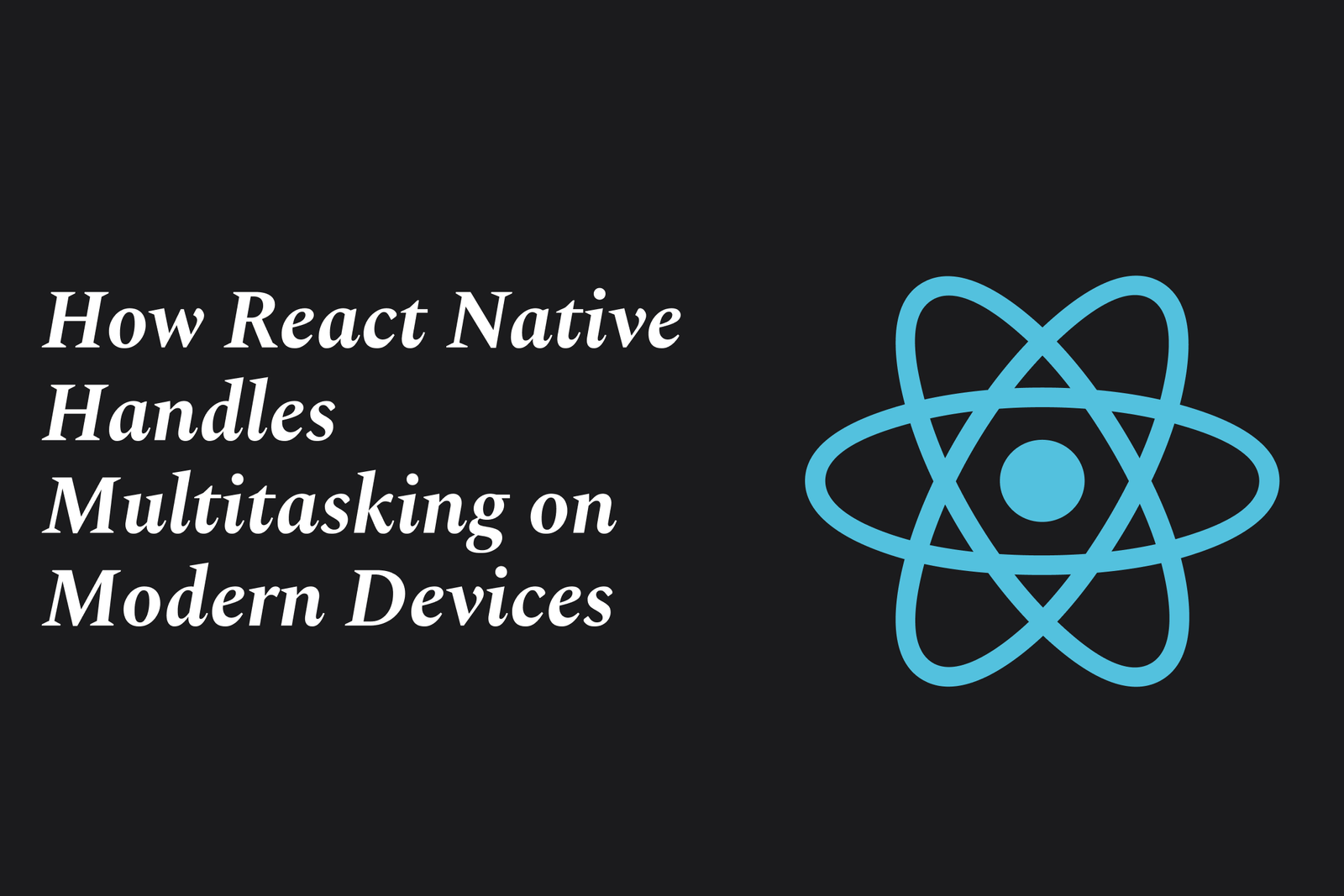React Native and GraphQL: a Match Made in Heaven
React Native and GraphQL together create a powerful combo, enabling efficient native app development with precise, flexible data fetching. This union boosts performance, simplifies data management, and accelerates development, making them a perfect match for modern mobile apps.
React Native and GraphQL: A Match Made in Heaven
1 ) Introduction to React Native
React Native is a powerful JavaScript framework for building truly native mobile apps for Android, iOS, TV devices, and even the web, using a single codebase.
It combines the ease of React’s component driven development with native platform UI rendering, delivering a seamless user experience without compromising performance.
React Native supports core platform agnostic components such as View, Text, and Image that map directly to native UI elements.
Development is accelerated by frameworks like Expo, which provide developer tools, file based routing, and extensive pre built native modules.
2 ) The Strength and Popularity of React Native
Since its release by Meta in 2015, React Native has garnered a huge developer community and widespread industry adoption.
It enjoys robust backing from contributors including major companies such as Microsoft, Expo, and Software Mansion.
React Native enables developers familiar with React to smoothly transition into native app development while allowing native developers to maintain efficiency across platforms.
It is widely used in production by many apps across industries, indicating its stability and maturity.
3 ) Benefits of Using React Native
React Native allows declarative UI development using JavaScript, running the logic on a separate JavaScript thread to ensure smooth animations and optimal performance.
Developers can write native UIs with reduced complexity thanks to React's diffing algorithm that updates only the changed parts of the interface.
It offers flexibility to either use frameworks like Expo for rapid development or build apps without a framework for scenarios requiring custom native integrations.
Rich developer tooling and community libraries simplify interaction with native APIs, routing, and native code customization.
4 ) About GraphQL
GraphQL, open sourced by Facebook in 2015, is an API query language designed to optimize data fetching by returning exactly what the client requests.
It addresses inefficiencies of REST APIs such as over fetching or under fetching of data through a strongly typed schema.
GraphQL also supports real time data via subscriptions, making it suitable for modern dynamic applications.
Its adoption by companies like GitHub demonstrates its ability to enhance API flexibility and efficiency.
5 ) Why Combine React Native with GraphQL?
Integrating GraphQL with React Native elevates app development by aligning React Native's efficient UI rendering with GraphQL’s precise and flexible data querying.
GraphQL's capacity to fetch only the required data and aggregate responses from various microservices simplifies client side data management.
This combination enhances performance by minimizing unnecessary data loading and streamlining the communication between React Native apps and backend services.
Developers benefit from easier error handling and parallel data resolution, resulting in robust user experiences.
6 ) Conclusion
React Native and GraphQL complement each other perfectly by combining efficient native UI development with optimized, client driven data management.
Together, they empower developers to build high performance, scalable, and flexible applications while maintaining code reusability and developer productivity.
This pairing is not just a trend but a proven, practical approach that caters to modern app development demands, making React Native and GraphQL truly a match made in heaven.
https://justacademy.in/news-detail/new-features-in-flutter-4.0-stable
https://justacademy.in/news-detail/android-device-manufacturer-announcements
https://justacademy.in/news-detail/android-device-certification-updates
https://justacademy.in/news-detail/react-native?s-secret-weapon:-faster-app-load-times
https://justacademy.in/news-detail/android-system-backup-and-restore-improvements
Related Posts
Java supports GDPR and data privacy by enabling secure data handling through encryption, controlled access, and precise data management. It allows developers to minimize PII exposure, ensure data confidentiality, and design workflows that comply with data protection regulations effectively.
Java code quality tools have evolved to include advanced static analysis, integrated security checks, and AI-powered code reviews. These updates help developers detect bugs, enforce coding standards, and enhance security, streamlining the development process and improving overall code reliability.
Java remains a cornerstone in big tech companies, evolving with modern features like records, pattern matching, and virtual threads. Its robust ecosystem, enhanced performance, and growing AI integrations keep it vital for both legacy systems and innovative new projects.
Java and CI/CD pipeline optimizations streamline Java application development by automating builds, tests, and deployments. They improve efficiency through parallelization, caching, and secure secrets management, enabling faster feedback loops and more reliable, scalable software delivery.
Java supports modern cryptography standards through its flexible Java Cryptography Architecture (JCA), enabling integration of advanced algorithms like AES, EdDSA, and post-quantum tools. Libraries like Bouncy Castle offer FIPS-certified, hardware-accelerated implementations for secure development.
Java 23 enhances record patterns by enabling concise, direct destructuring of record components within pattern matching, simplifying type checks and data extraction. This improvement boosts code readability and expressiveness by reducing boilerplate in handling immutable data classes.
Java remains a top choice for mobile app backends, powering scalable, secure, and high-performance server-side solutions. Latest trends include cloud-native microservices, reactive programming, and enhanced JVM optimizations, enabling efficient, flexible, and robust mobile backend development.
Java SE 24 and LTS Java SE 21 offer enhanced features and performance, while Apache Spark 4.0.0 introduces Scala 2.13 support and advanced ML and SQL capabilities. Together, they empower developers to build scalable, high-performance data applications with modern tools.
JUnit 5 modernizes Java testing with a modular architecture, improved assertions, and seamless Java 8+ support. Beyond JUnit, tools like Mockito and AssertJ enhance mocking and assertions, creating a powerful, flexible ecosystem for writing clean, efficient Java unit tests.
Java plays a pivotal role in cloud automation tools by providing a robust, platform-independent language used to build scalable automation frameworks like Jenkins and Selenium, enabling efficient CI/CD pipelines, testing, and orchestration across diverse cloud environments.










